Road rash: how to treat skin abrasion after a cycling crash
Follow these simple steps to manage and mend crash-damaged skin
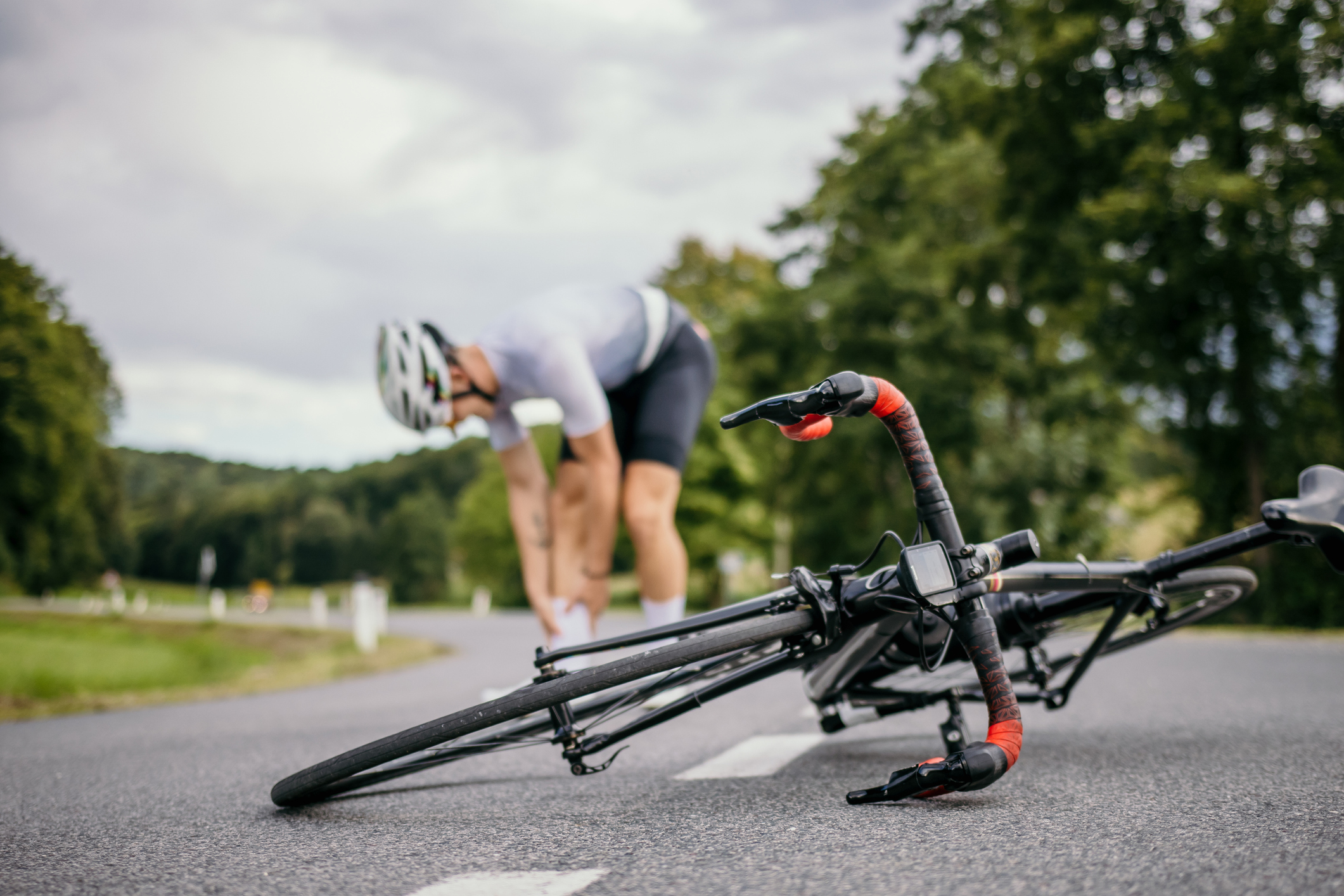
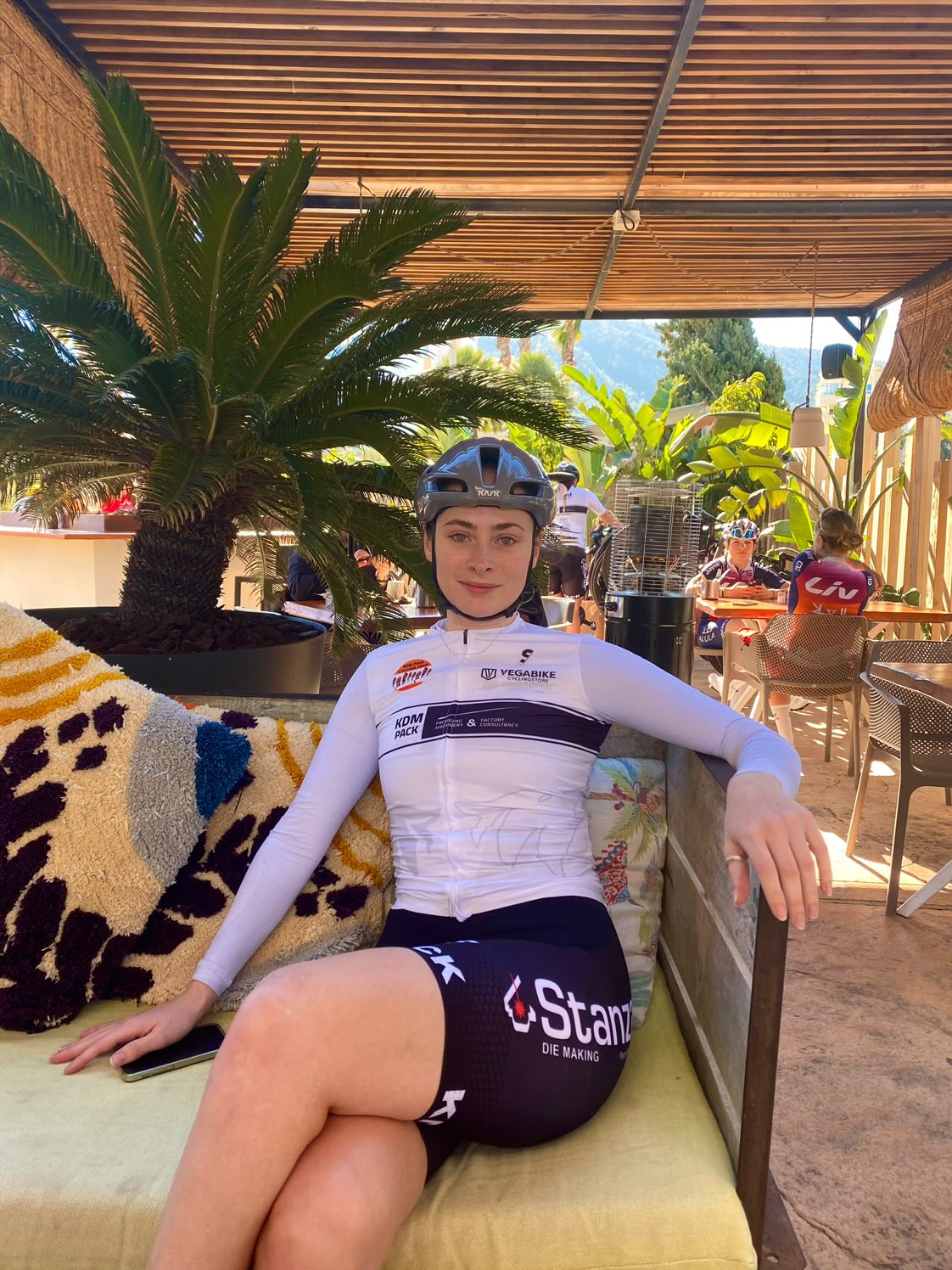
Once in a while you may unfortunately find yourself having an unscheduled date with the floor while out riding your bike, or more likely when racing. We’ve all been there at some point, and if you are yet to find yourself in such a situation then unfortunately you will most likely have that hapless event to come in the future.
Subsequently, you may find that you come away with a dent to your ego or worse, a nasty graze on your body known as road rash. But, what actually is the correct way to treat road rash?
Before we get into it, it’s really important that you are properly checked over for any other injuries that you may have sustained upon crashing. For example, if you also hit your head during your fall, then it’s very important that you are properly assessed for any signs of concussion which can often get totally overlooked; especially while racing, when your mind is most likely fixated on jumping back on your bike.
Alternatively, you will also need to check to ensure if any wounds that you’ve sustained are more than just road rash, such as deep lacerations. If you do happen to have any deep cuts, it’s important that they are seen to quickly and appropriately. The steps I’m about to discuss will be too minor to treat such an injury which often will need stitches and a deep clean by a medical professional.
“Most road rash wounds are not that deep and are therefore often only superficial but still painful,” Trek-Segafredo's Doctor Nino Daniele says.
Quick checklist for treating road rash
- Check for more serious injuries
- Clean your hands
Get The Leadout Newsletter
The latest race content, interviews, features, reviews and expert buying guides, direct to your inbox!
- Scrub the wound clean
- Apply an antibiotic ointment
- Protect your wound if continuing to ride or covering with clothes
- Redress daily
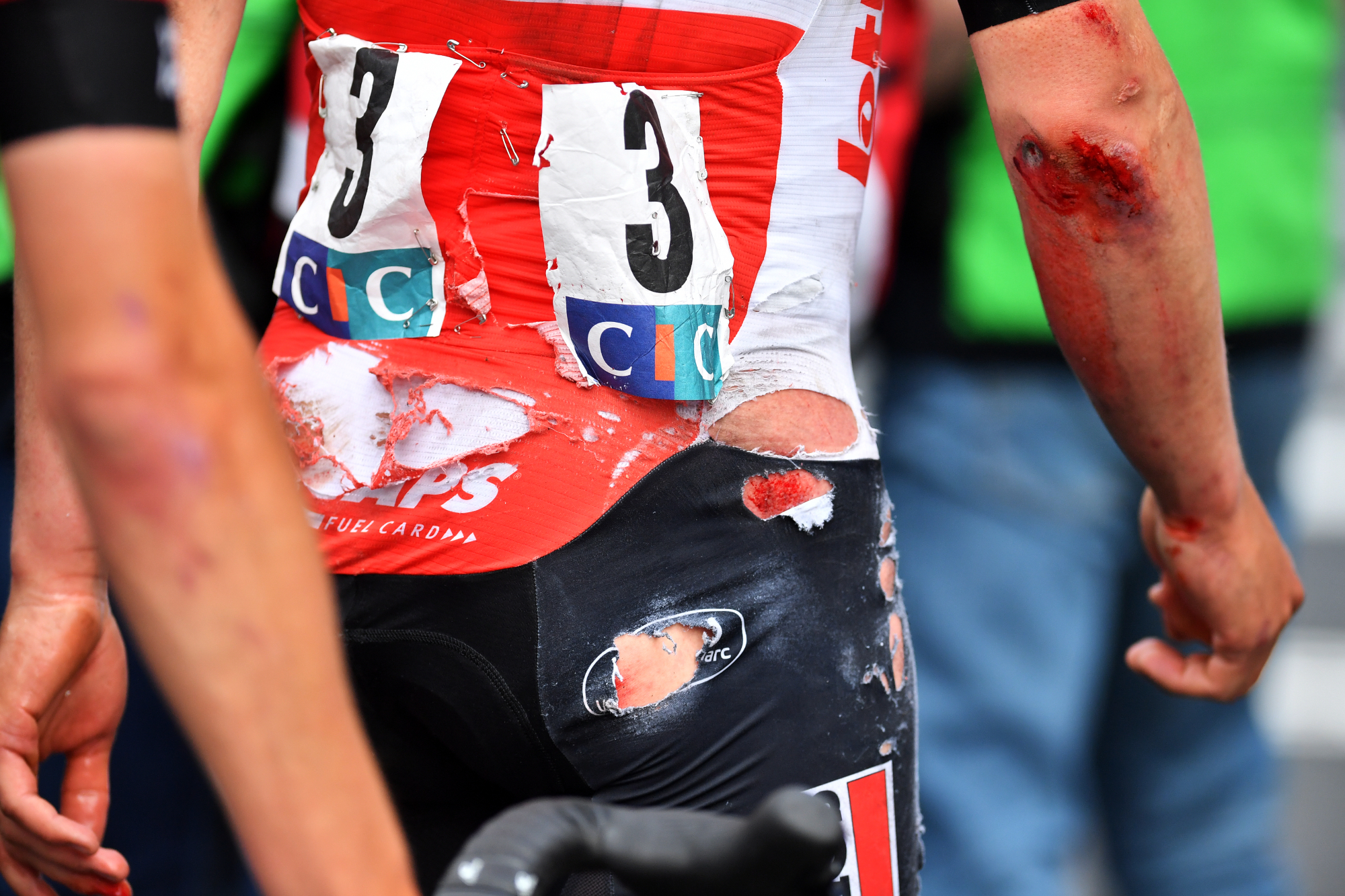
First and foremost, if you are treating your road rash yourself, it’s important to make sure that you have clean hands. Of course, I appreciate that this is a pretty basic rule of personal hygiene, but it’s vital to help to keep your wound clean and thus prevent any nasty infections from occurring.
After your hands have been sanitised ensure that the wound itself is clean: you don’t want any dirt or grit contaminating it and causing issues further down the line.
“Thoroughly clean the wound with a sterile saline solution as soon as possible,” Dr Daniele says. “It’s painful but the most important step to healing.”
You can clean the road rash of any dirt or grit yourself, either in the shower or by getting someone else to scrub it for you. This can be done either with a special brush for cleaning wounds, known as a scrub brush, or just with a towel and antibacterial soap or wash.
The main aim of this step is to guarantee your cut and the surrounding area is clean in order to prevent infection from occurring. It’s important to note that this step may be uncomfortable but it is a vital step to ensuring the wound is thoroughly cleaned.
After this step has been carried out, you will want to apply a very small amount of antibiotic ointment (but not too much as a little goes a long way) to the wound to create a thin barrier between the cut and dressing.
If you’re getting back on the bike, you’ll need to apply some form of non-stick dressing to the affected area: using a non-stick dressing means that it will not become stuck to the wound thus allowing for an easier, more pleasant time when having the wound redressed.
Though the name slightly gives it away, these dressings aren’t sticky so they will therefore need surgical tape placed around the edges in order to keep them in place. Equally, another great method which can successfully help hold your dressings in place which is arguably the most useful technique when racing, is a tubular mesh gauze over the affected area once dressed. This mesh gauze will allow for movement to make riding easier and hassle free.
"If no further physical activity is required, it is best to leave the wound open to the air to speed up recovery, but if the injured person will be exercising further or if the wound will be covered by clothing, it’s best to use silicone dressings which would need to be changed daily,” Dr Daniele recommends.
Once a dressing has been placed over the road rash, it’s important that the dressings are removed and then changed daily. This step is paramount in order to check the healing progress as well as to look out for any other issues that could potentially occur, such as infection.
Alternatively, you may want to try fitting hydrocolloid dressings to the cut if you can find ones big enough to cover your road rash. These dressings are very good at protecting the wound, preventing scarring as well as promoting healing, which is thanks to the moist environment that they provide. These plasters can also be left on longer than the standard ones, therefore can be a great alternative to those of you afraid of the dreaded dressing change.
Also make sure to get your nutrition right. Healing a wound requires the building blocks to rebuild skin and tissue along with the energy to power your immune system to do this job. Consuming enough protein ensures the wound heals quickly.
So long as you get your nutrition right there’s no need to stop riding your bike. Make sure you get enough rest to allow your body to recover properly from the wound and your training.
However, if you have followed these steps but your wound is either not healing over, is weeping, producing odd smells, is red as well as inflamed around the perimeter of the wound or is producing puss then it’s really important that you seek professional medical advice. Other tell-tale signs that you may be suffering from an infection can also include feverish symptoms and swollen glands. Once a wound is infected a doctor will often prescribe some form of antibiotics to fight the infection and stop it spreading.
Hopefully, these steps will support you well on the way to a quick and easy recovery. At least now you can make up some cool story to tell your friends as to why you hit the deck: remember to get creative!

Thank you for reading 20 articles this month* Join now for unlimited access
Enjoy your first month for just £1 / $1 / €1
*Read 5 free articles per month without a subscription

Join now for unlimited access
Try first month for just £1 / $1 / €1
Charlotte Broughton is a British rider, racing for the KDM-Pack women’s cycling team. An accomplished writer, she is a regular on the pages of Cycling Weekly magazine.
-
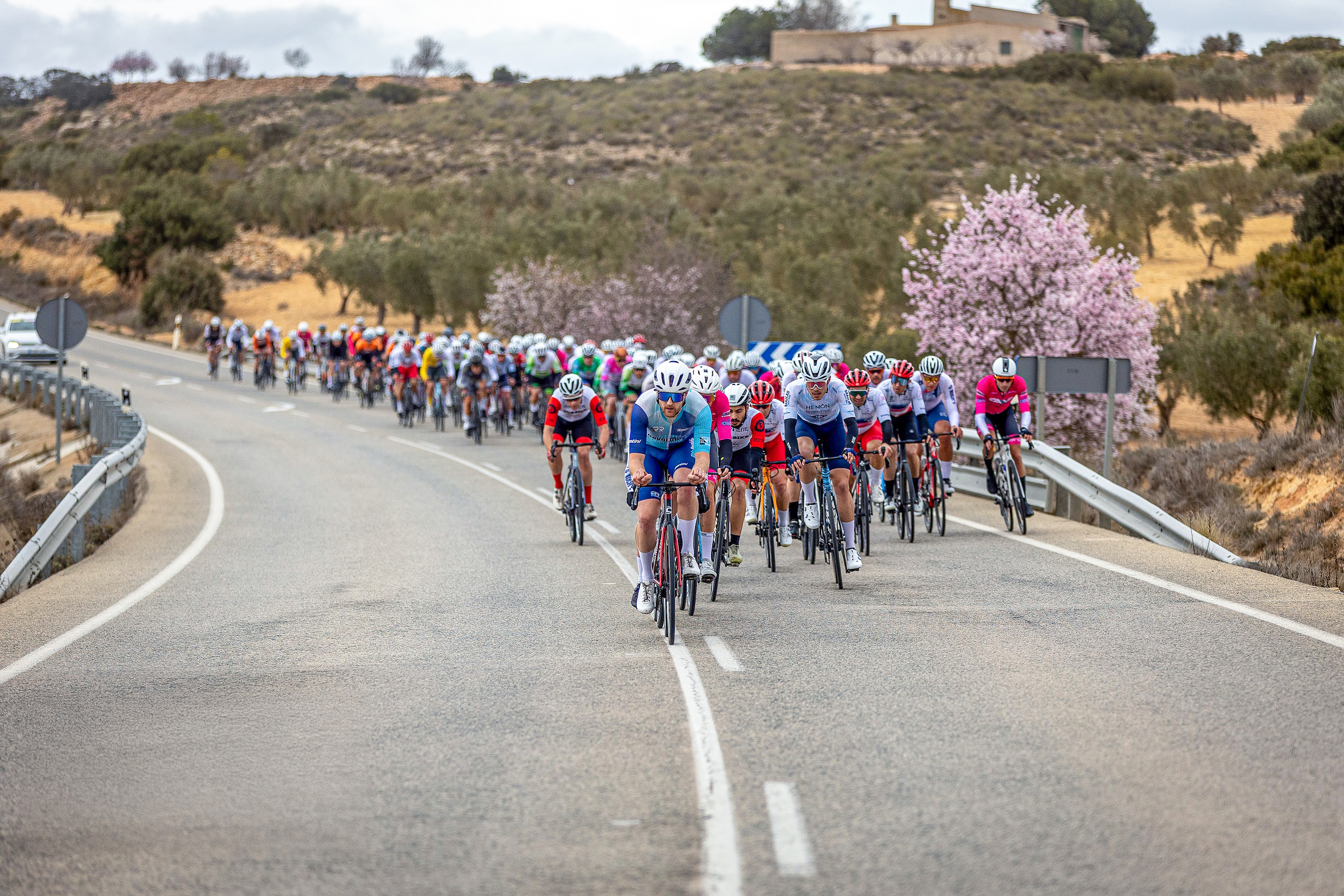 Why the silence? Are there really no gay riders in the men's pro peloton?
Why the silence? Are there really no gay riders in the men's pro peloton?Despite growing LGBTQ+ visibility in other sports, representation in male pro cycling remains entirely absent. David Bradford speaks to British racers and asks, why the stubborn silence?
By David Bradford
-
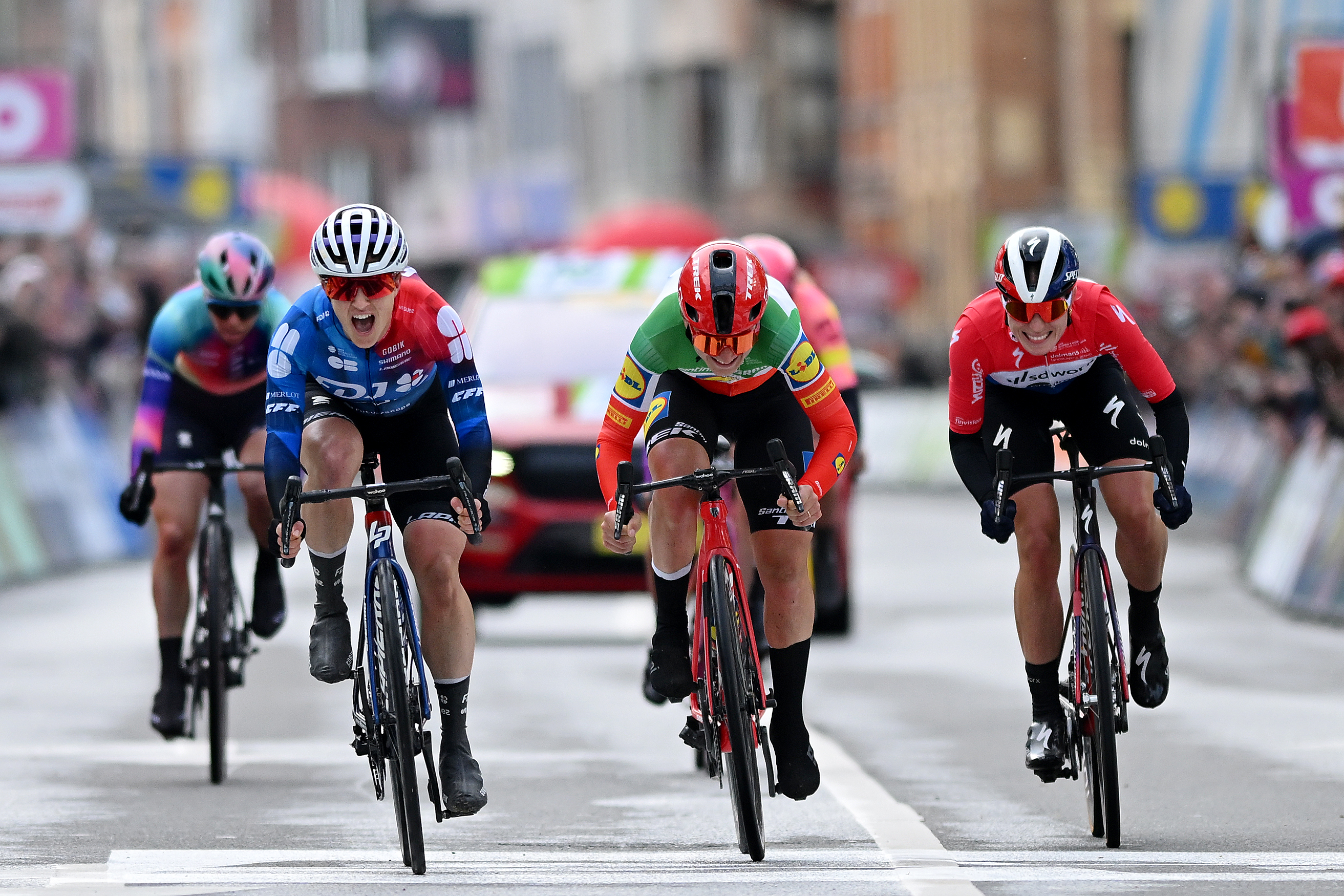 Tadej Pogačar's hat-trick, La Redoute, and Dutch delight: Five things to look out for at Liège-Bastogne-Liège 2025
Tadej Pogačar's hat-trick, La Redoute, and Dutch delight: Five things to look out for at Liège-Bastogne-Liège 2025The oldest professional bike race in the world takes place this Sunday – here's how to watch, who to watch, and what to watch out for
By Adam Becket